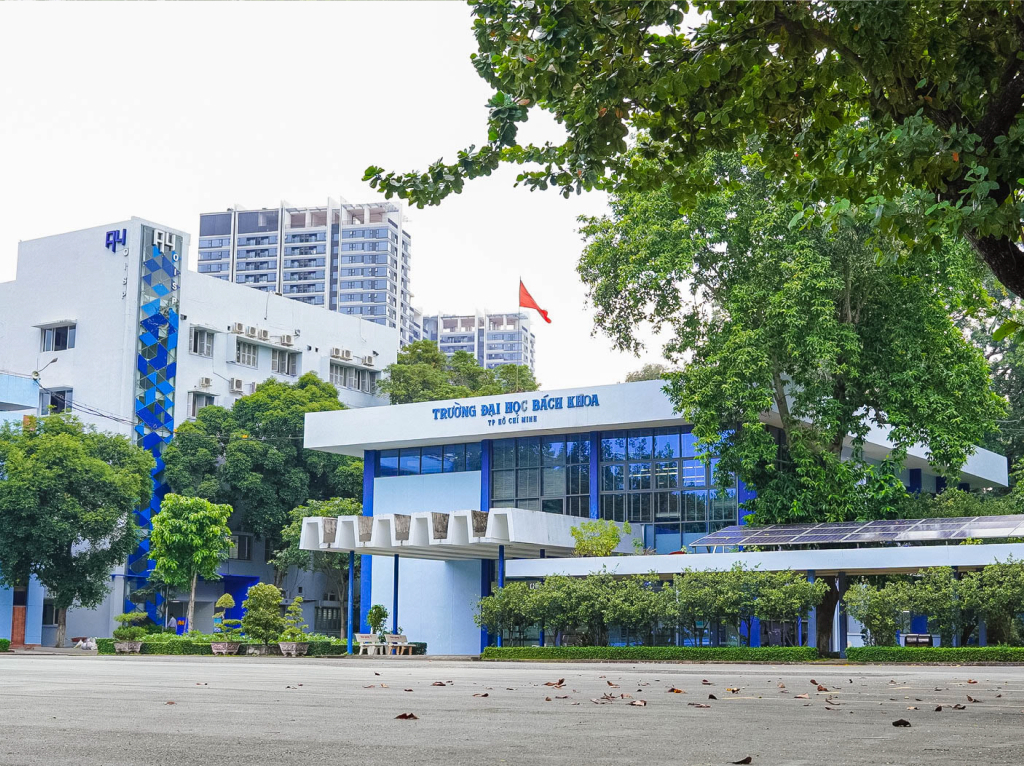
Ho Chi Minh City University of Technology (HCMUT)
9 May,2024
HISTORY
Ho Chi Minh City University of Technology (HCMUT) – member of Vietnam National University-Ho Chi Minh City (VNU-HCMC) – was established in 1957. Formerly known as the National Technical Center, HCMUT has been the largest center for scientific training and research as well as technology transfer in the Southern region of Vietnam. It is also one important technological university in the nation.
Important Milestones
1957: the National Technical Center was formed under Executive Order No.213-GD on June 29, 1957 by a combination of four technical, technological, and vocational schools, namely: the College of Civil Engineering, the College of Electrical Engineering, the Vietnam National College of Maritime Technology, and the College of Industrial Arts Engineering.
1972: the National Technical Center changed its name to the National Technical Academy under Executive Order No.135SL/GD on September 15, 1972, including six members.
1973: the National Technical Academy was disbanded, and became a member of Thu Duc Polytechnic University under the name of the Technology University.
1976: the Technology University received its official name of Polytechnic University under Decision No.426/TTg on October 27, 1976.
1996: the Polytechnic University changed its name to the University of Technology and became a member of VNU-HCMC under Decision No.1235/GD-DT on March 30, 1996.
2001: the university received its present name of HCMUT under Decision No.15/2001/QD-TTg issued by the Prime Minister regarding reorganizing VNU-HCMC.
VISION – MISSION
Vision:
Globally recognized as a leading university in the region as to training, learning, research, and innovative startup activities.
Missions:
Train the human resources of international quality;
Create new knowledge via scientific research, technology transfer, and innovative startup;
Perform social responsibilities and serve the community.
Core Values
HCMUT aims at using these core values to fulfill the assigned missions:
- The capacity and enthusiasm of the management, academic staff, and students;
- The moral qualities, thinking, and skills of students;
- The spirits of pioneer, startup, innovation, globalization in training and scientific research;
- The tradition, culture, quality, and international accreditation;
- The connections between the university and the community, businesses.
